Reptiles often get a bad rap—they’re less diverse and abundant than they were millions of years ago, and many people find their sharp teeth, forked tongues, and scaly skin a bit creepy. But don’t let that fool you. Reptiles are some of the most fascinating creatures on Earth. Here are 10 surprising facts about them that you might not know!
Around 300 to 400 million years ago, fish evolved into four-legged animals, which then gave rise to amphibians, and amphibians eventually evolved into reptiles. Interestingly, about 200 million years ago, some reptiles evolved into mammals, while others evolved into dinosaurs—the ancestors of today’s birds. This “in-between” evolutionary position partly explains why reptiles aren’t as dominant today.

Today’s reptiles fall into four main groups: turtles (slow metabolism, protective shells), squamates like snakes and lizards (shed skin, wide jaws), crocodilians (closest relatives of birds and dinosaurs), and the unique tuataras found only in remote New Zealand islands. Once-dominant groups like pterosaurs and marine reptiles went extinct 65 million years ago.
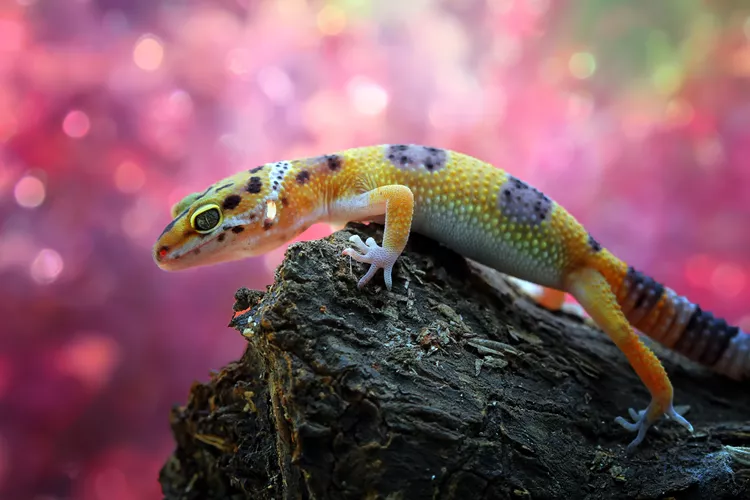
Unlike birds and mammals, reptiles are ectothermic—meaning they rely on the environment to regulate their body temperature. Snakes and crocodiles bask in the sun to “fuel up” and become sluggish at night. This means they eat less than warm-blooded animals of similar size but cannot maintain constant high activity levels.
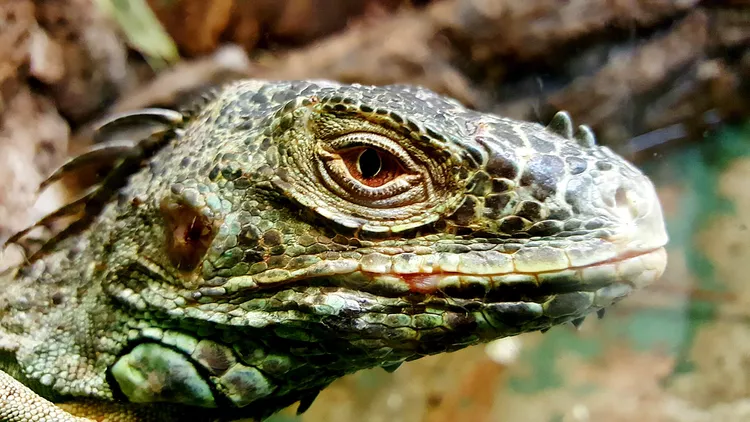
Reptile scales are a major evolutionary breakthrough, allowing vertebrates to leave water without drying out. Snakes shed their skin all at once, while others shed it gradually. Despite being tough, reptile skin is relatively thin—snake leather, for example, is mainly decorative, not as durable as cowhide.

During the Mesozoic Era, giant herbivorous reptiles like Triceratops thrived. Today, only turtles and iguanas primarily eat plants. Crocodiles, snakes, lizards, and tuataras are mostly carnivorous. Some marine reptiles even swallow stones to help dive and ambush prey.

Snakes, lizards, turtles, and tortoises have three-chambered hearts, an improvement over fish and amphibians’ two chambers but less efficient than the four-chambered hearts of birds and mammals. This means oxygen-rich and oxygen-poor blood mix, reducing oxygen delivery efficiency. Crocodilians are unique with four-chambered hearts, giving them a metabolic advantage.
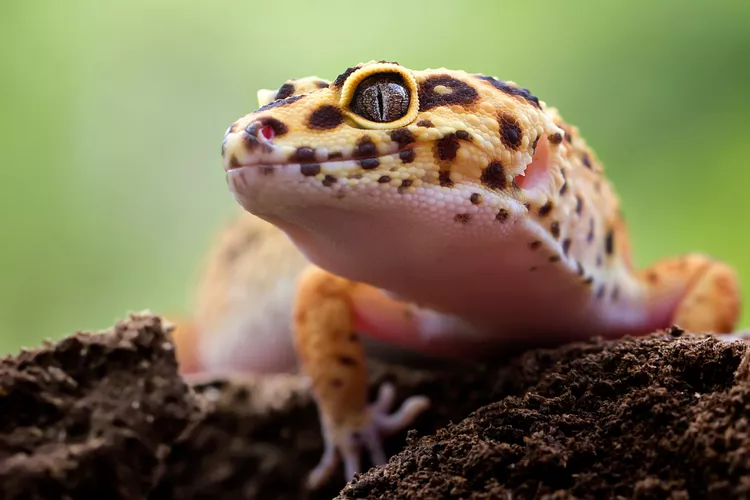
Reptiles generally have brain sizes about one-tenth that of mammals like rats or cats relative to body size. Their intelligence is on par with birds but lower than mammals. Crocodilians stand out with better social skills and survival abilities, having outlasted the dinosaurs.
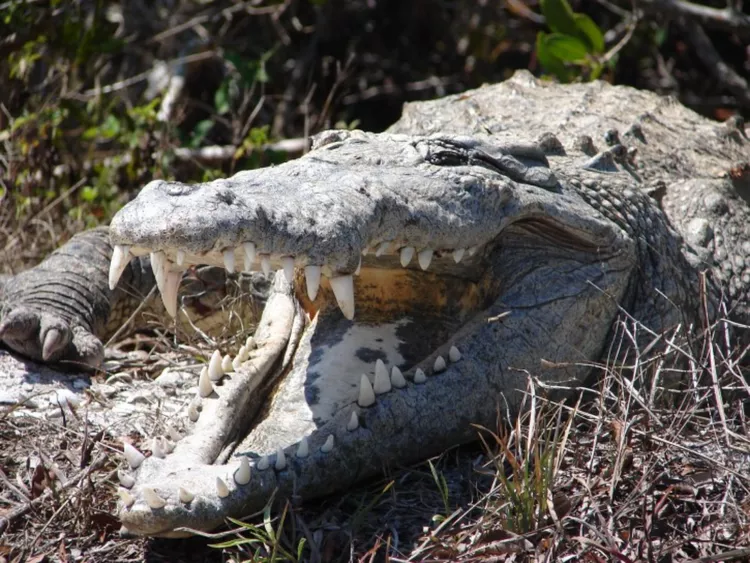
Amniotes are animals that lay eggs on land or incubate them internally—a major step in evolution. Amphibians had to lay eggs in water, limiting their spread inland. Reptiles broke this barrier, bridging lower vertebrates (fish, amphibians) and higher vertebrates (birds, mammals).
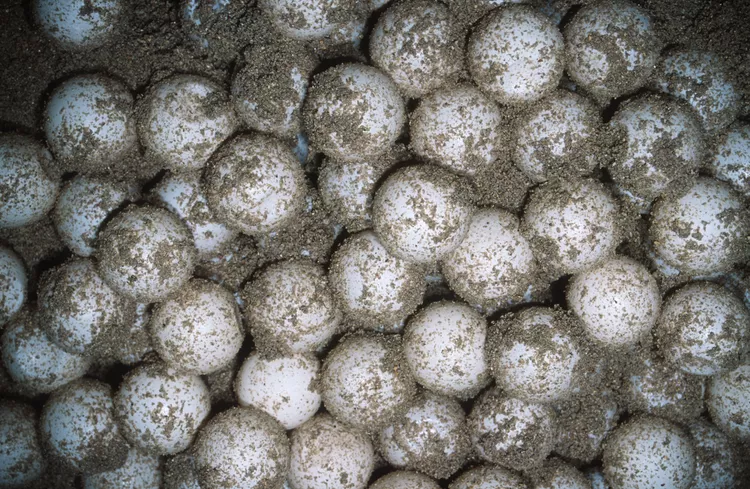
Reptiles are unique among vertebrates in having temperature-dependent sex determination. The temperature around the developing egg influences whether the offspring becomes male or female. The evolutionary benefit is unclear but might help balance populations at different life stages.

Reptile evolution can also be traced by the number of openings (fenestrae) in their skulls. Turtles have none (anapsids), early synapsids had one, and most other reptiles including dinosaurs have two (diapsids). This classification also sheds light on mammal evolution.

Reptiles might seem mysterious or even scary, but their evolutionary history is rich and incredible. Want to learn more amazing facts and stories about reptiles? Follow my WeChat public account “Reptile Wonders” and explore the fascinating world of these extraordinary creatures!
animal tags: Reptiles
We created this article in conjunction with AI technology, then made sure it was fact-checked and edited by a Animals Top editor.